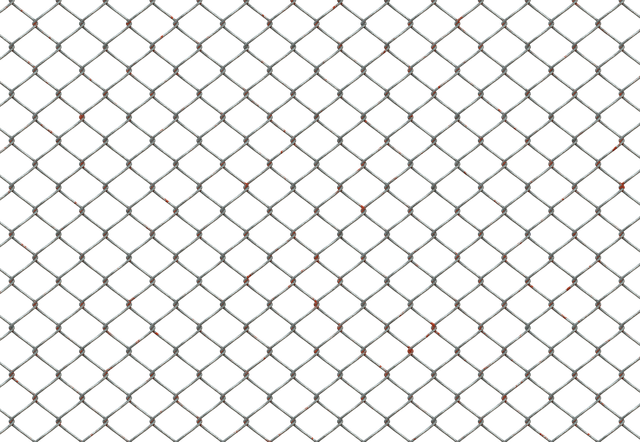In coastal regions, where harsh weather conditions and salt air challenge outdoor structures, selecting the right fencing is paramount. This article explores durable wooden fencing as a sustainable and aesthetically pleasing alternative for securing coastal properties. We delve into understanding specific fence requirements in these environments, highlighting the benefits of durable wood species like cedar or redwood. Additionally, we provide insights on installation best practices tailored to coastal areas and essential maintenance tips to ensure longevity.
- Understanding Coastal Fence Requirements
- Benefits of Durable Wooden Fencing
- Choosing the Right Wood Species
- Installation Considerations for Coastlines
- Maintenance Tips for Longevity
Understanding Coastal Fence Requirements
When considering fencing for coastal areas, understanding the unique requirements is essential. These regions often face harsh weather conditions, including strong winds, salt mist, and regular rainfall. The fence not only needs to withstand these elements but also provide long-term durability to minimize maintenance costs.
Coastal fences should be constructed with materials that can resist corrosion from salty air and moisture. Wooden fencing, specifically durable species like cedar or treated timber, is a popular choice due to its natural resistance to rot and insects. Additionally, proper installation techniques, such as using anchors and braces, are crucial to ensure the fence remains sturdy against extreme weather events.
Benefits of Durable Wooden Fencing
Durable wooden fencing offers an aesthetically pleasing and functional solution for coastal areas, where traditional materials often face challenges from salt air, moisture, and harsh weather conditions. One of its key advantages is longevity; properly treated wood can withstand the elements for decades, providing a long-term investment for homeowners and businesses alike. This type of fencing also adds value to properties, creating a seamless blend of form and function that enhances curb appeal.
Moreover, durable wooden fencing contributes to environmental sustainability. Wood is a renewable resource, making it an eco-friendly choice compared to synthetic alternatives. It can be recycled or reused, reducing waste and the carbon footprint associated with manufacturing new materials. This versatility allows for creative designs, from classic styles to modern, unique patterns, ensuring every coastal setting can find a suitable fencing solution that aligns with its character.
Choosing the Right Wood Species
When selecting wood for coastal fencing, understanding the local climate and environmental conditions is key. Saltwater exposure, high humidity, and frequent rainfall can accelerate the aging process of wooden materials. Opting for a durable wood species like cedar or redwood is an excellent choice due to their natural resistance to decay and insects. These woods have exceptional weather resistance, making them ideal for coastal areas.
Cedar, in particular, has a high oil content that repels water, while its dense structure inhibits mold and mildew growth. Redwood, known for its strength and longevity, is also highly resistant to marine borers commonly found in coastal regions. Proper treatment and regular maintenance will further extend the life of your wooden fencing, ensuring it remains sturdy and aesthetically pleasing for years to come.
Installation Considerations for Coastlines
When installing durable wooden fencing in coastal areas, several unique considerations come into play. The harsh marine environment, with its salt spray and high humidity, demands specific choices in materials and installation techniques to ensure longevity. One key aspect is using treated timber designed for exterior applications, which offers better resistance to rot and insect damage.
Proper drainage is another critical factor. Fencing should be installed with a slope that allows water to run off rather than pool around the base, where it can cause wood to rot. Additionally, ensuring adequate clearance between the fence and the ground helps prevent salt accumulation, which can weaken the wood over time. Professional installation or thorough planning by do-it-yourselfers is essential to address these coastal challenges effectively.
Maintenance Tips for Longevity
To ensure your durable wooden fence remains in top condition, regular maintenance is key. Start by inspecting it at least once a month, looking for any signs of damage, rot, or pest infestation. Address any issues promptly; early detection and treatment can prevent small problems from escalating into major repairs.
Cleaning is another vital step. Use a soft brush or cloth to remove salt deposits, algae, and other debris that can accumulate on the fence due to coastal environments. Apply a fresh coat of weather-resistant sealant every few years to protect the wood, enhancing its longevity and preserving its aesthetic appeal.
